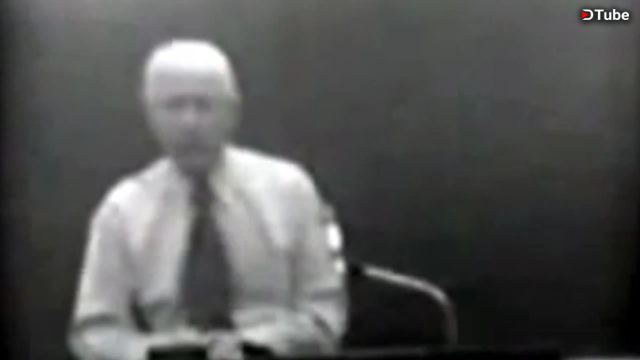
The video quality is not good, the knowledge quality is excellent.
“It is an unhappy time for theory.” ~ Philip M. Morse, American Scientist, 38-390.
Since the general structure of modern physical theory is to a large extent based on the theory of the atom, the nuclear atom theory must accept a big share of the responsibility for the unsatisfactory state of physical theory in general. It is also apparent that there are major sectors of the field which an adequate atomic theory should cover that are as yet almost completely untouched. For example, a complete theory of the atom must necessarily explain the physical states of matter, yet after nearly fifty years of the nuclear theory Prof. G. Careri found it necessary to open a recent international conference on liquids with the flat statement, “We are still far from having a 'theory' of the liquid state....” [43]
But the real testing ground for atomic theory today is what is popularly known as “elementary particle physics.” “... the future of physics,” says George Gamow, “lies in further studies and understanding of elementary particles.”44 Here is a field in which atomic theory should be directly applicable; here is a rapidly expanding field in which the experimental facts are puzzling and confusing, and the help of an adequate theory is urgently needed; and here is a place where the currently accepted nuclear theory, faced with a major test of its capabilities, falls flat on its face.
The term “elementary particle” is in itself a claim to the possession of some knowledge of the structure of the atom, as it is based on the assumption, an integral part of current theory, that the atom is constructed of “parts” and that these parts cannot be further subdivided; thus they are elementary. If the nuclear atomic theory correctly portrays the structure of the atom, then it should be capable of producing the answers to the questions we find it necessary to ask with respect to the elementary particles. This point is commonly recognized, and “elementary particle physics” is classed as a subdivision of “nuclear science.”
How well, then, has modern atomic theory measured up to this, the most significant task now facing it? Let us ask Gamow, whose statement as to the importance of the task has just been quoted. “... for the last few decades,” Gamow replies, “not a single successful step has been made in obtaining these answers.” [44] This very recent evaluation of the situation was already foreshadowed years ago by keen observers who realized that the discovery of so many new “elementary” particles neither anticipated nor explained by the accepted theories raised grave doubts as to the validity of these theories. “Questions like these,” said James B. Conant, “raise doubts as to whether the conceptual scheme of nuclear physics is a 'real' account of the structure of the universe,” [45] and Jones, Rotblat and Whitrow asked the very pertinent question, “... is this multiplicity of particles an expression of our total ignorance of the true nature of the ultimate structure of matter?” [46]
In the light of all of the additional information that has been accumulated since these words were written, there remains little doubt but that this question must be answered in the affirmative, and that present-day atomic theory must be judged wholly inadequate for the tasks that confront it.
for additional info: http://reciprocalsystem.org
All the credits goes to the video creator, I'm uploading this video because I consider it is worthy to have this information backed up and available to the public.
▶️ DTube
▶️ IPFS
Hi! I am a robot. I just upvoted you! I found similar content that readers might be interested in:
https://www.youtube.com/watch?v=iv7WMRL0rEg